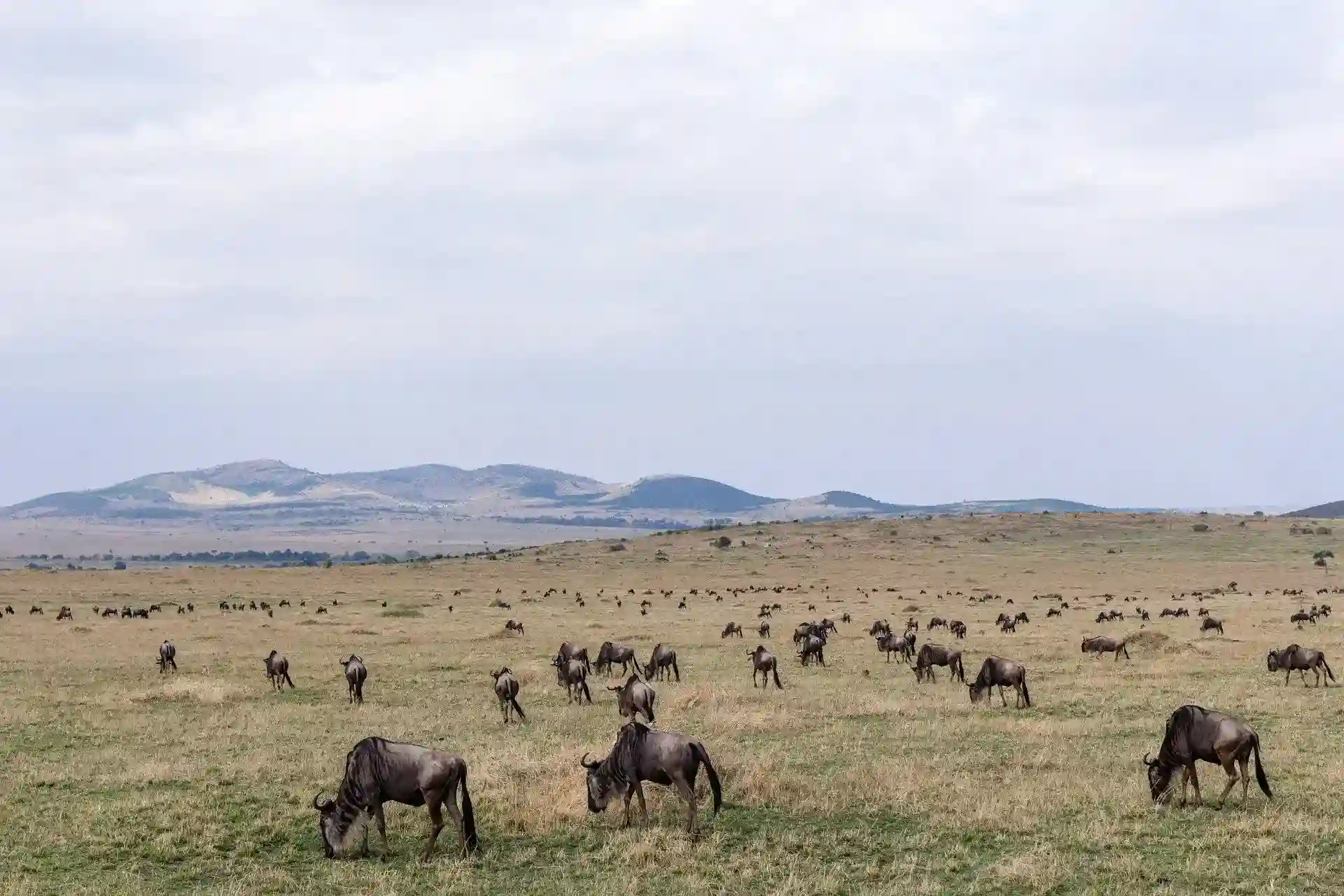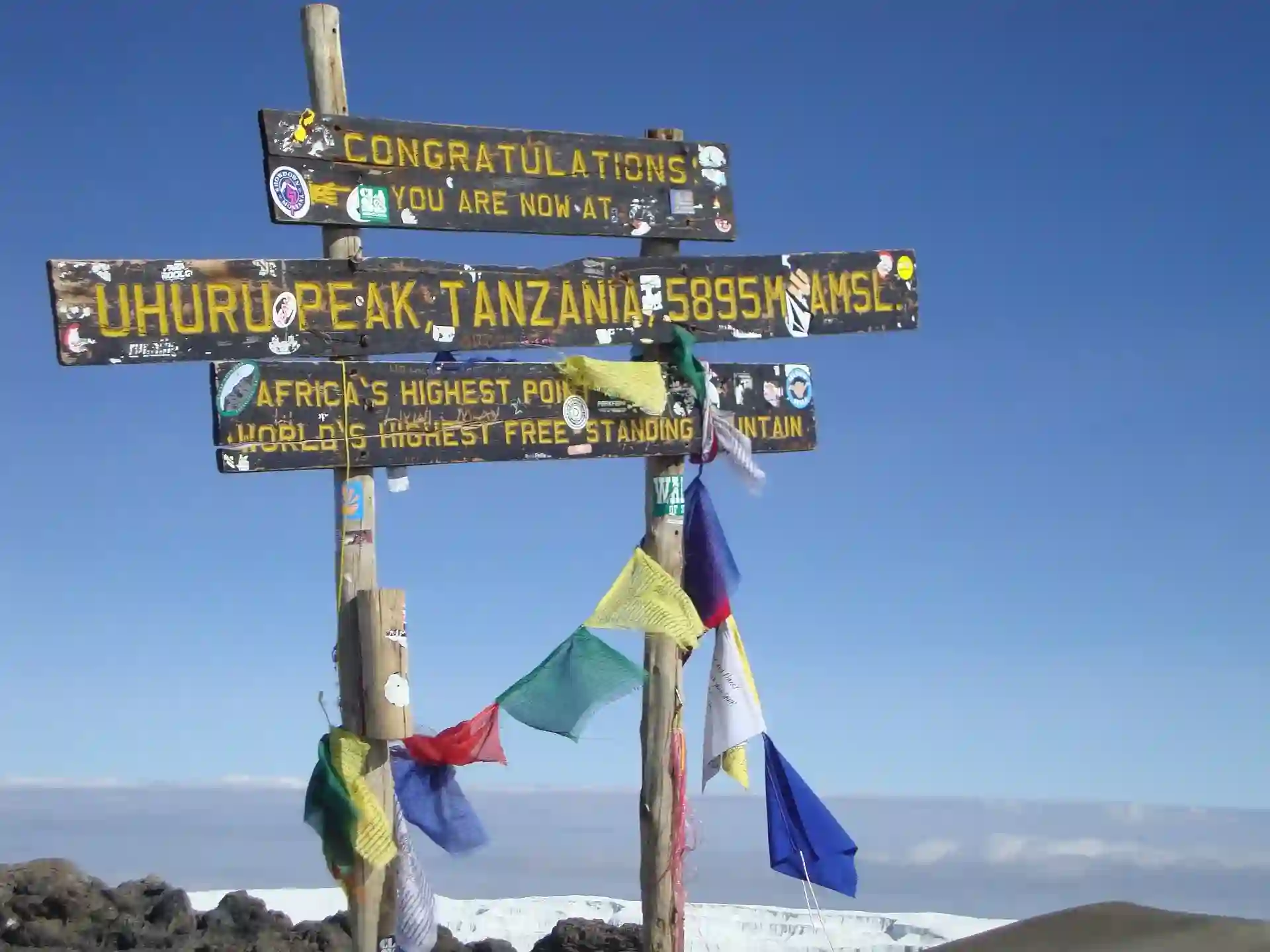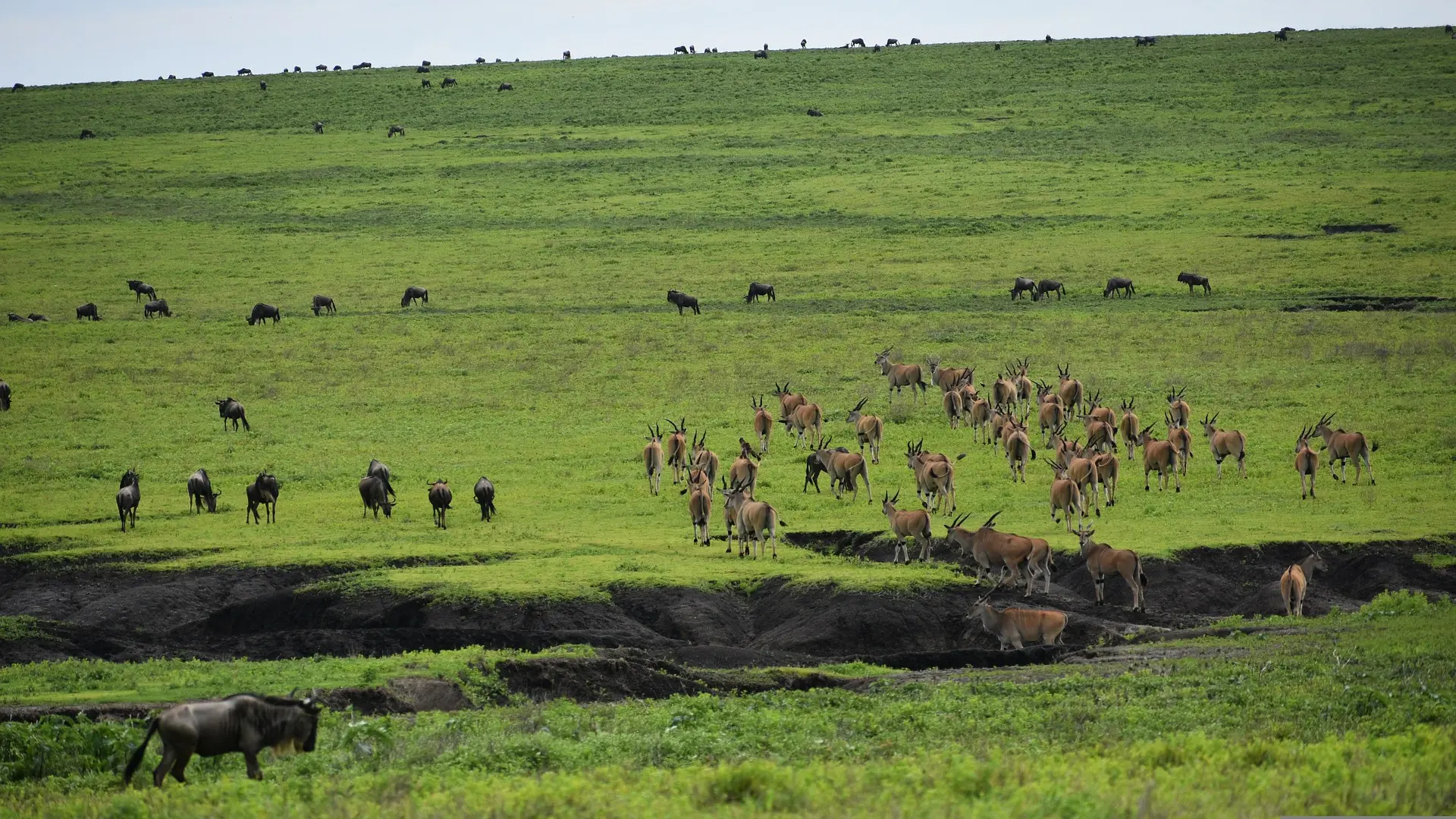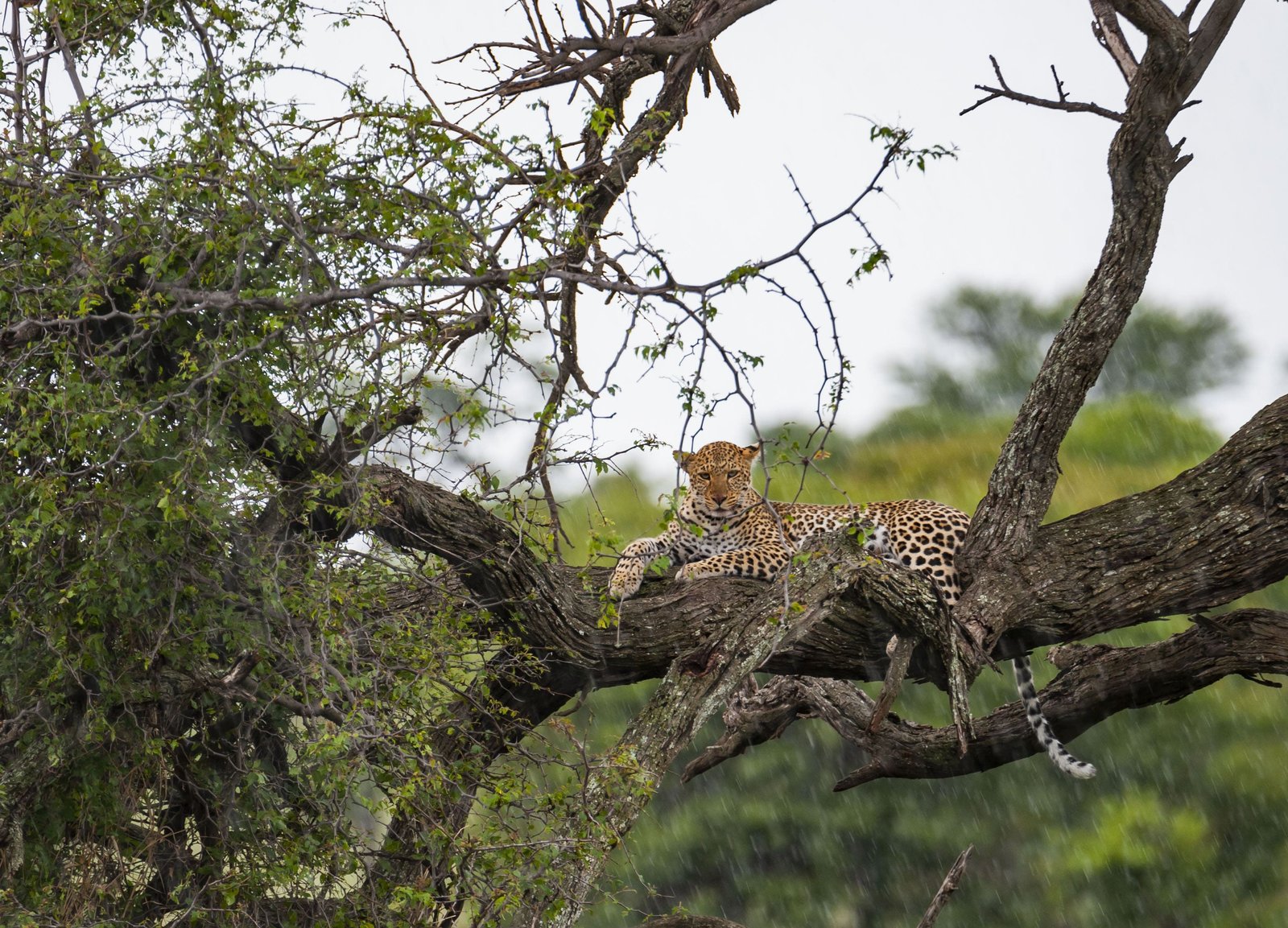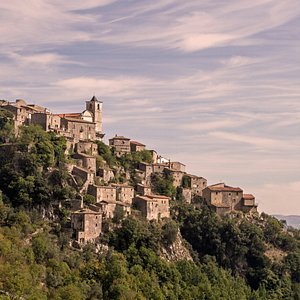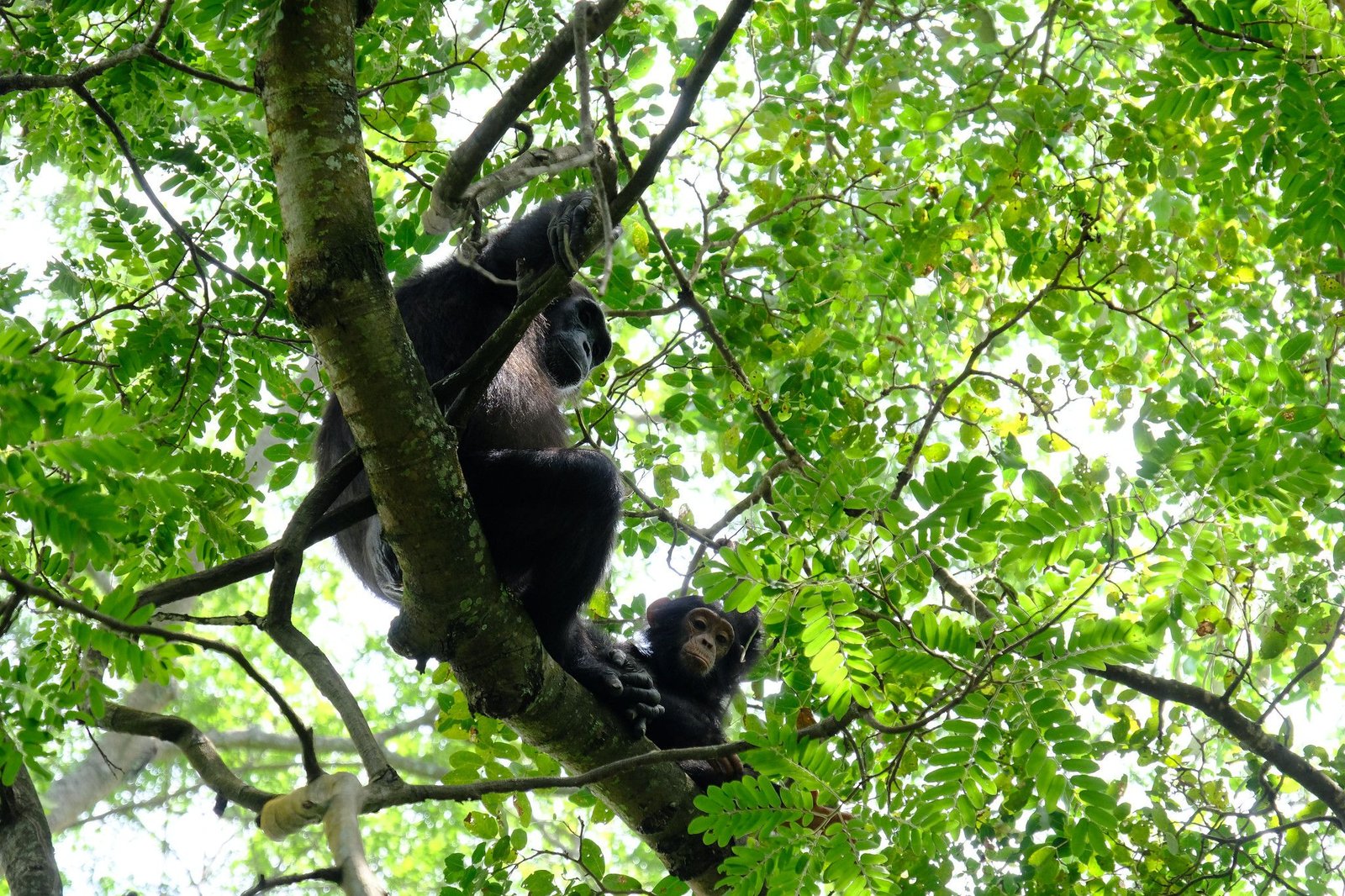
Mahale Mountains National Park: A Pristine Paradise of Primates and Peaks
Introduction:
Nestled on the remote eastern shores of Lake Tanganyika in western Tanzania, the Mahale Mountains National Park stands as a true jewel of African wilderness. Unlike many other parks in East Africa, Mahale offers a unique safari experience centered around chimpanzee trekking in a landscape of breathtaking beauty. This protected area, encompassing roughly 1,650 square kilometers (637 sq mi), is characterized by its dramatic Mahale mountain range plunging into the crystal-clear waters of the world's second-deepest freshwater lake. With no roads within its boundaries, exploration is primarily on foot and by boat, adding an adventurous and intimate dimension to any visit. Mahale is a sanctuary for a remarkable array of flora and fauna, but it is most renowned for harboring one of Africa's last remaining wild chimpanzee populations.
Location
Mahale Mountains National Park is situated in the Uvinza District of the Kigoma Region in western Tanzania. It borders the southeastern shore of Lake Tanganyika, a vast and ancient lake teeming with unique aquatic life. The park lies south of Kigoma town, the regional capital, and is relatively isolated due to the rugged terrain and lack of road infrastructure. The geographical coordinates of the park are approximately 6°16′S 29°56′E.
Getting There
The remoteness of Mahale contributes significantly to its pristine character. Access to the park is primarily by water and air
- By Air The most common and convenient way to reach Mahale is via chartered flights. Several reputable safari operators arrange flights from major Tanzanian hubs like Arusha (JRO) or Dar es Salaam (DAR) directly to the Mahale Airstrip, located a short boat ride from the park headquarters.
- By Boat: Alternatively, for a more adventurous journey, one can travel by boat across Lake Tanganyika from Kigoma.
- Private Speedboat: This is a faster option, taking approximately 3-4 hours to reach the park.
- MV Liemba Ferry: A historic passenger and cargo ferry that travels twice a month between Kigoma and various points along the lake, including a stop near Mahale (Lagosa Point). From Lagosa Point, a smaller boat operated by the park or your lodge will be required for the final leg (approximately 30 minutes). This is a longer journey (8-10 hours on the ferry) but offers a unique perspective of the lake and its surrounding communities.
- Local Boats: In some instances, it might be possible to hire local boats from villages like Rukoma or Mgambo, but this requires careful arrangement and coordination with the park authorities.
Best Time to Visit
Mahale Mountains National Park can be visited year-round, but the best time for chimpanzee trekking and general wildlife viewing is during the dry season, which typically runs from May to October. During these months:
- Easier Trekking: The trails are drier and less slippery, making hiking through the forests more comfortable.
- Chimpanzee Visibility: Chimpanzees tend to congregate in larger groups and often descend to lower elevations in search of food, increasing the chances of sightings.
- Pleasant Weather: Days are generally sunny and clear with comfortable temperatures.
- Lake Activities: The calm waters of Lake Tanganyika are ideal for boating, swimming, and snorkeling.
The wet season (November to April) also offers its own unique advantages
- Lush Vegetation: The forests are vibrant and green.
- Birdwatching: This is the peak season for birdwatching as migratory species arrive, and the resident birdlife is particularly active.
- Waterfalls: Waterfalls within the park are at their most spectacular during and after the rains.
- Fewer Crowds: The park generally sees fewer visitors during the wet season.
- Challenging Trekking: Be prepared for muddy and slippery trails during this time, and chimpanzees may be more dispersed.
Attractions
Mahale Mountains National Park offers a diverse range of attractions, primarily centered around its unique ecosystem and wildlife:
- Chimpanzee Trekking This is the park's flagship activity. Guided by experienced trackers, visitors venture into the forest to observe habituated chimpanzee communities in their natural habitat. Spending an hour in close proximity to these fascinating primates, witnessing their social interactions and behaviors, is an unparalleled wildlife experience.
- Primate Diversity: Besides chimpanzees, Mahale is home to an impressive array of other primates, including:
- Red Colobus Monkeys
- Yellow Baboons
- Red-tailed Monkeys
- Blue Monkeys
- Angola Colobus Monkeys
- Vervet Monkeys
- Lake Tanganyika The pristine waters of the world's second-deepest freshwater lake offer various activities:
- Boat Safaris: Explore the coastline and enjoy scenic views of the mountains.
- Swimming and Snorkeling: Discover the colorful cichlid fish that are endemic to the lake.
- Kayaking and Canoeing: Paddle along the shores and explore hidden coves.
- Sport Fishing: With a permit, enjoy fishing in designated areas.
- Hiking and Mountain Climbing: The Mahale Mountains themselves offer challenging and rewarding hiking opportunities. Reaching the summit of Mount Nkungwe (2,462 meters / 8,077 feet), the highest peak in the range, provides breathtaking panoramic views. Various shorter trails cater to different fitness levels.
- Birdwatching: With over 350 recorded bird species, Mahale is a paradise for bird enthusiasts. The diverse habitats support a wide variety of forest birds, waterbirds, and migratory species.
- Forest Walks: Explore the diverse flora of the park, ranging from miombo woodlands to lush rainforest and bamboo forests.
- Wildlife Viewing (Other than Primates): While primates are the main draw, other wildlife can be spotted, including:
- Roan Antelopes
- Sable Antelopes
- Bushbucks
- Bush Pigs
- Warthogs
- Leopards (elusive)
- Lions (remarkably, Mahale is one of the few places where chimpanzees and lions coexist)
- Hippos (along the lake shore)
- Cultural Encounters (Limited): The Mahale Mountains were traditionally inhabited by the Batongwe and Holoholo people. While direct cultural tours within the park are limited due to its protected status, opportunities to learn about the local culture may be available through lodges or in nearby communities.
What Makes it Famous
Mahale Mountains National Park has garnered international recognition for several compelling reasons:
- Largest Known Wild Chimpanzee Population: Mahale harbors an estimated 900-1000 eastern chimpanzees, representing one of the largest protected populations remaining in Africa. The habituated "M Group" (Mimikire clan) has been studied by researchers for decades, allowing for exceptional close-range encounters.
- Coexistence of Chimpanzees and Lions: Uniquely, Mahale is one of the very few places on the continent where chimpanzees and lions coexist within the same ecosystem. This fascinating dynamic presents intriguing ecological research opportunities.
- Pristine and Remote Wilderness: The absence of roads within the park creates a truly wild and untouched atmosphere. Exploration by foot and boat offers a more immersive and adventurous safari experience compared to traditional vehicle-based safaris.
- Stunning Scenery: The dramatic backdrop of the Mahale Mountains rising directly from the crystal-clear waters of Lake Tanganyika creates breathtaking landscapes and unforgettable sunsets. The combination of lush green forests and the vast blue lake is visually spectacular.
- Exceptional Biodiversity: The park's diverse habitats support a rich array of flora and fauna, including a high concentration of primate species and numerous endemic fish species in Lake Tanganyika.
- Walking Safaris Focus: Unlike many other Tanzanian parks, the primary way to experience Mahale is on foot, offering a more intimate connection with the environment and its inhabitants.
In conclusion, Mahale Mountains National Park offers a truly unique and unforgettable safari experience. Its remote location, stunning scenery, exceptional primate encounters, and the intriguing coexistence of chimpanzees and lions make it a destination unlike any other in East Africa. For those seeking an adventurous and intimate immersion into pristine wilderness and the fascinating world of chimpanzees, Mahale is an absolute must-visit.


